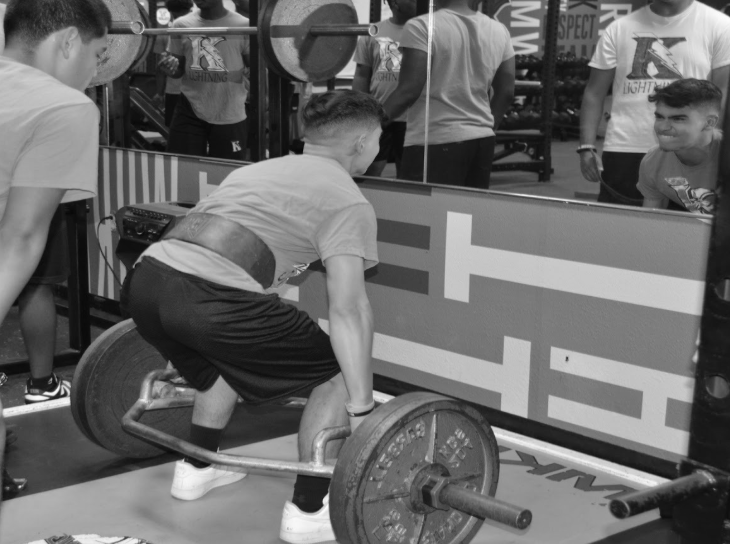Picture this: You’re sitting across someone special. As you accidentally meet eyes, your heart quickens and a fluttering sensation reaches your chest. What if I told you that not only this moment, but the connection that follows, has scientific reasoning?
The triangular theory of love, developed by Robert Sternberg, suggests love is represented by three components: intimacy, commitment and passion. Passion is defined as physical and romantic attraction to someone, which can also be described as infatuation and is the root of the phenomenon known as love.
“From an evolutionary standpoint, we select the partner that we think is going to give us the best offspring, so good looks matter,” Psychology teacher Arturo Tenacio said. “Females tend to like beauty and physical charm but not as much as males, who are attracted to features that indicate fertility and health. Females tend to pay attention to things such as someone who can take roles in a family setting. Sometimes it’s hard for men and women to understand each other because they are looking for different things.”
Infatuation is usually the first stage in falling in love and it’s what people feel when they are experiencing “love at first sight.” Infatuation is characterized by physical attraction, feelings of lust and idealization. Lust and desire are driven by the sex hormones, estrogen and testosterone, as motivations for sex. Idealization occurs as areas of the brain are deactivated, reducing activity in the frontal cortex, therefore narrowing negative emotions and judgments, explaining why people can be blind to faults in the initial stage.
In these initial stages, our brains release lots of dopamine (the feel-good neurotransmitter) and norepinephrine (regulates the fight or flight response).
“Dopamine is part of the reward system, so being in love in itself is a reward,” Tenacio said. “You want to be with a person who is nice to you, supports you, and understands you. All those feelings of being supported, loved and appreciated, produce dopamine and that feels good, so you want to keep chasing that feeling.”
Norepinephrine causes feelings of euphoria and the physiological responses of a faster heart rate, butterflies in the stomach and increased energy. The association between attraction and reward pathways in the brain is likely why people may feel excited and anxious at the same time when attracted to someone.
“I felt like [there were] little butterflies in my stomach, like when you’re a little kid and you see something that you are just so excited about, and you love so much, and it’s just that type of excitement that you just don’t always feel, but it’s beautiful once you go through it,” senior Natasha Samaritsch said.
The next phase involves more intimacy and commitment. Intimacy is characterized by feelings of closeness and connectedness, while commitment is the conscious decision to stay together and make long-term plans. Increased commitment and intimacy, as a result of mutual understanding, trust and appreciation for someone, combined with passion, leads to consummate love in a relationship, which is seen as the ideal type of love through the triangular theory of love.
In this phase, the hormones oxytocin and vasopressin take the wheel, helping us feel safe and secure after the feelings of stress of the uncertainty of falling in love, disappear. Oxytocin, also referred to as the “hormone of love,” promotes social connection, bonding and empathy. Vasopressin promotes behaviors of protectiveness for a love interest.
“Human beings have a biological mandate to reproduce, and to reproduce with a person you love makes it a lot easier,” Tenacio said. “If you think about it from a biological standpoint, it’s easier to cope with the challenges and difficulties of a relationship if you’re in love, so our brains are wired for that.”






























